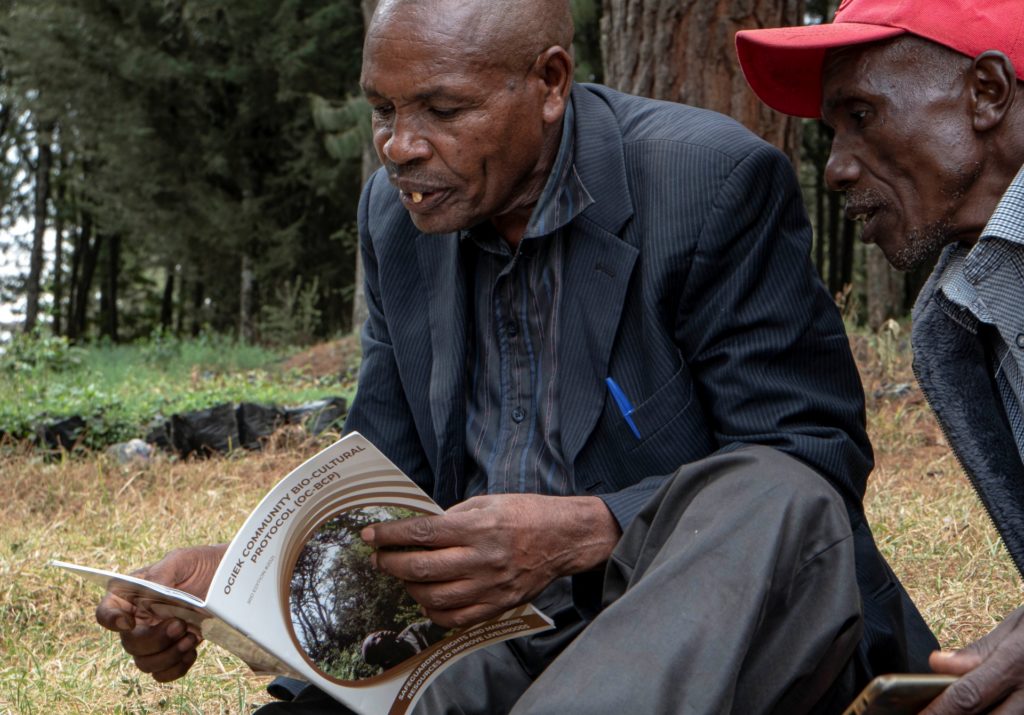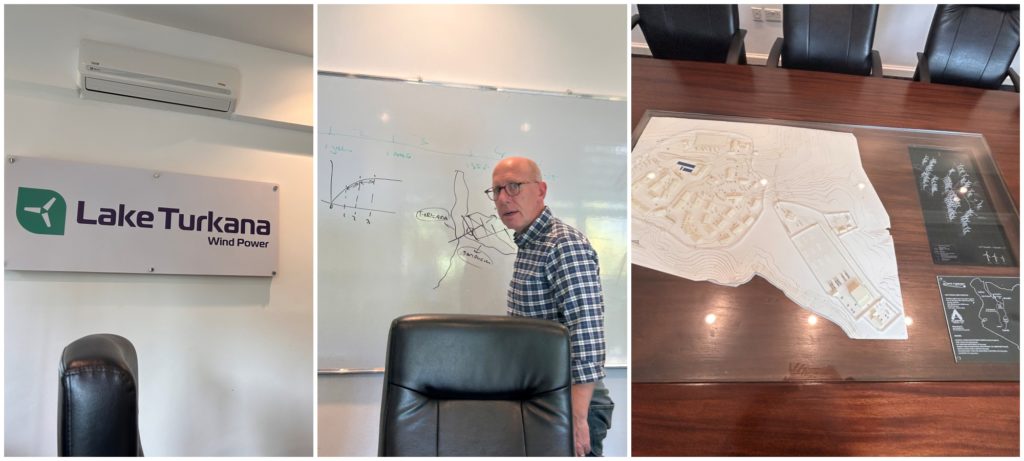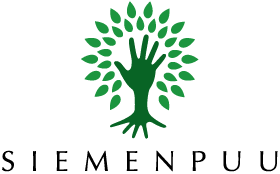[Darina Petrova] The trip to Kenya with the Siemenpuu Foundation in March 2023 provided an excellent observation platform for ‘green development’, arguably one of the main struggles of our times. Different actors – be it local, national or international, private or public – now all frame their often mutually conflicting actions as benefiting the ‘green agenda’ and articulate their power in the language of law. And there is plenty of law, on every side.
For our team from Finland, representing Siemenpuu Foundation and Finnish academic institutions and accompanied by classic anxieties over our own positionality, there were great opportunities to observe and participate in sometimes ‘awkward engagements’ (Tsing, 2004). For example, in cases of Ogiek Peoples and the Lake Turkana Wind Power (LTWP).
We visited the Ogiek Peoples Development Program (OPDP) in Nakuru straight upon our arrival to Kenya. OPDP defends the rights and represents the Ogiek peoples, whom the Kenyan government was set to evict from the Mau forest in the name of conservation of the forest’s valuable natural resources. The Ogiek brought their case to the African Court of Human Rights, which issued a judgement in May 2017 that recognized the Ogiek as an indigenous population to the Mau Forest and therefore its natural guardians, as well as ordered in 2022 Kenyan government a reparation and restitution of the Ogiek land.
The 2022 reparation judgement established the first precedent for the restitution of land on conservation principles to indigenous and forest communities in Africa. According to OPDP’s Director Daniel Kobei, the strength of the Ogiek legal case was greatly due to a successful demonstration through archival and anthropological documentation of a historical relationship that the Ogiek have had with their ancestral land. As a guiding document for the rules of protection of the forest, for sharing its benefits and for writing down their customary law, the Ogiek have developed a Biocultural Protocol (BCP), which is based on the Nagoya Protocol on Access and Benefit-sharing.

The Ogiek became famous amongst international lawyers, human rights and indigenous peoples’ rights activists and journalists who came to specifically interview Kobei. Indeed, in their battle for preservation of traditional culture and knowledge of the Ogiek, Kobei and other OPDP team members fluently communicate in the vocabulary of international management putting the terms such as ‘community engagement’ and ‘women empowerment’ in the right places, and in this way checking the boxes of requirements of donors such as Siemenpuu (which itself checks the boxes of Finnish government in setting these requirements, which itself checks the boxes of the EU legislation). In the meantime, the Kenyan government has been reticent in implementing the judgement of the African Court of Human Rights.
The Lake Turkana Wind Power, the largest wind farm in Africa, in which Finland’s development financier Finnfund until recently had a 13% share, represented another case of contested meanings of ‘green development.’ Finnfund, which gets its funding mainly from the State of Finland, positions itself as an ‘impact investor’ choosing only projects that drive ‘sustainable development’ and are ‘socially responsible’. There have been rumors and reports that there are human rights abuses on the ground.
In Kenya, the story of the LTWP and its impacts seemed to greatly vary depending on the teller. According to representatives of Friends of Lake Turkana (FoLT), an indigenous peoples NGO which is also financially supported by Siemenpuu, the LTWP had acquired its land illegally and exacerbated conflicts amongst the affected communities who have not been adequately consulted and have been poorly compensated. FoLT further argued that the wind farm has disrupted the traditional migrations of Turkana, Samburu and Rendille peoples thus violating their rights under international law as indigenous peoples as well as under Kenyan constitution (art. 62), and made the energy bills higher for all Kenyans.
According to Finnfund representatives in Nairobi, the project has had an excellent return on investment with an exemplary ‘sustainability impact’, thus fulfilling Finland’s goals and obligations of climate financing in accordance with the EU legislation. According to one Kenyan Parliamentarian of Maasai origin, the LTWP is untapping region’s considerable renewable energy potential, thus ‘leading the way to Kenya’s central role in the green transition.’ Firm believer in climate action and the importance of renewable energy, he considered that the Kenyan indigenous rights activists are often an impediment to strategically important development projects for the country.

According to the representative of LTWP, not only the company had sufficiently compensated the communities and brought to the area some valuable infrastructure such as a long road, but the enterprise provides for a peacebuilding mechanism to help to mediate ’traditional’ conflicts between communities.
I didn’t have a chance to visit the LTWP area myself due to the time constraints. However, the FoLT representative, the Kenyan Parliamentarian and the Lake Turkana Wind Power representative all offered to organize me a visit to LTWP site to interview people. Something tells me that in each case the interviewees would have not been the same people.
Darina Petrova, 18.4.2023
Writer is Postdoctoral Researcher at Helsinki University Institute of Sustainability Science (HELSUS). She participated in Siemenpuu Foundation’s project monitoring trip to Kenya in March 2023.
***
Article photo: Ogiek scouts recount their struggles with the Kenyan Forest Service authorities. (Photo: Darina Petrova)
Tsing, A. L. (2004). Friction: An Ethnography of Global Connection. Princeton University Press
